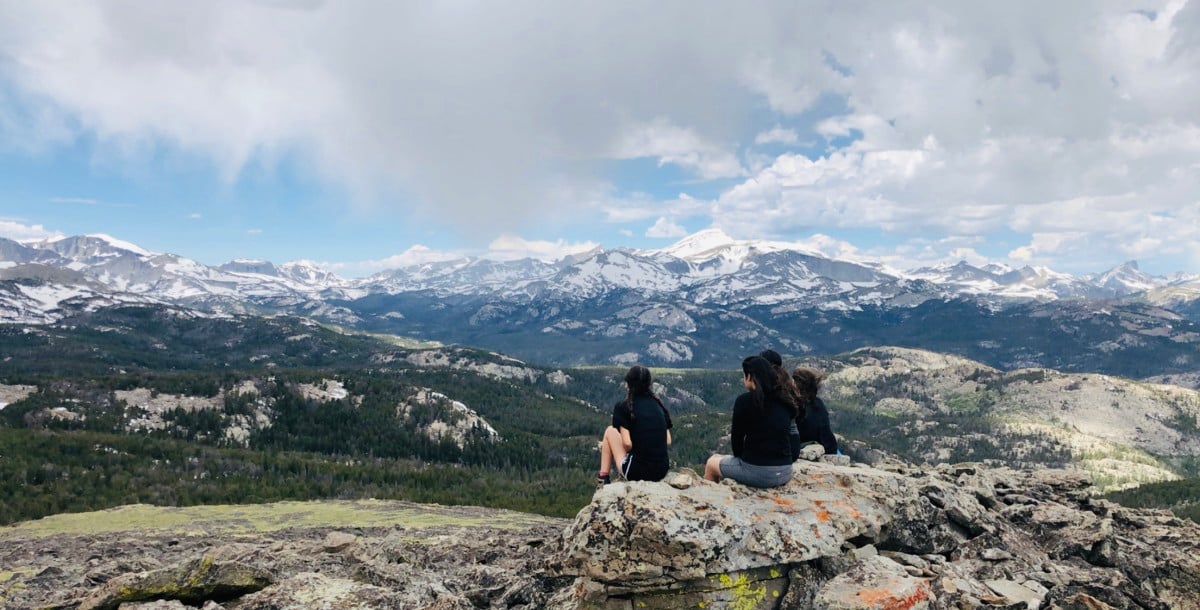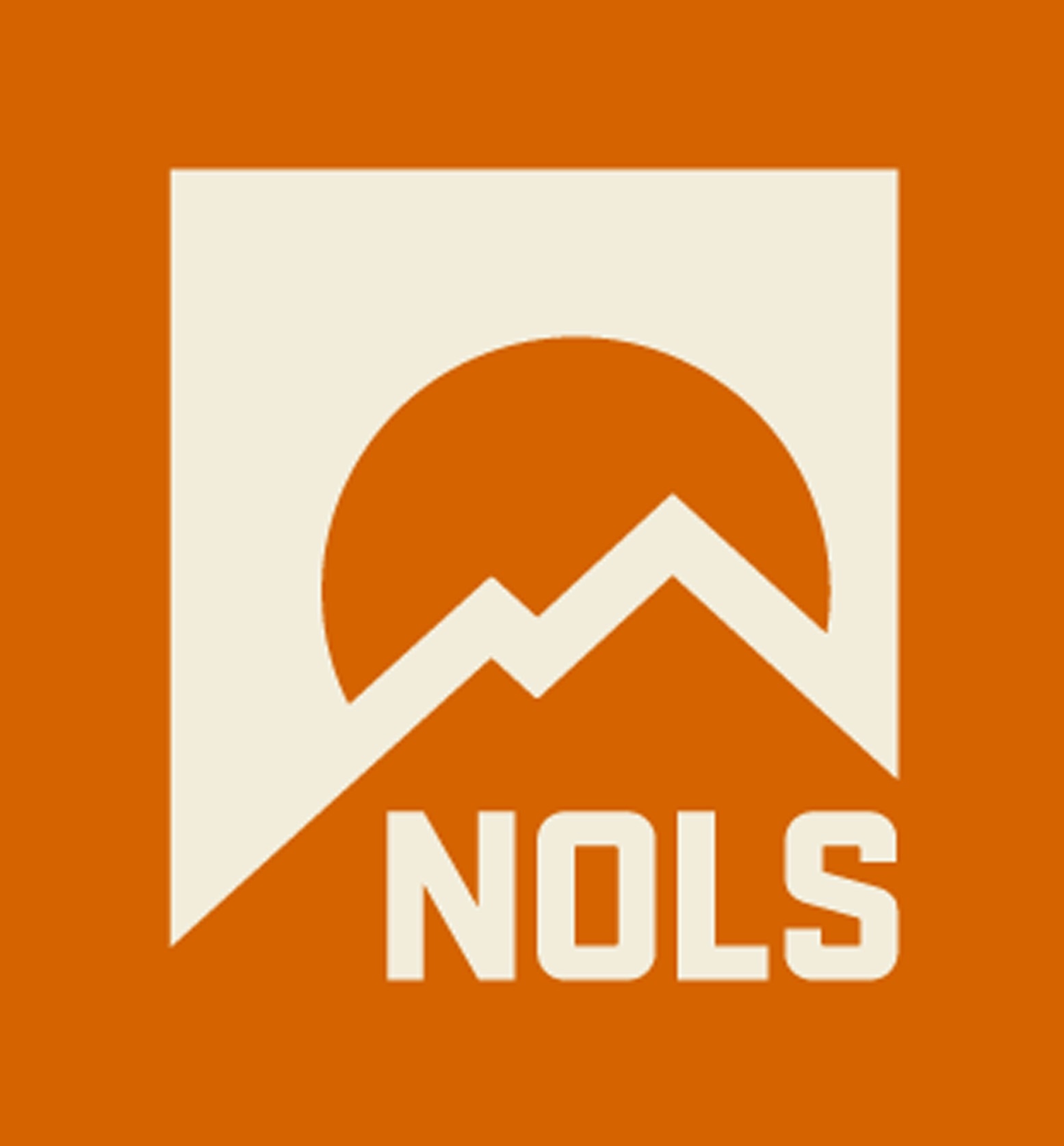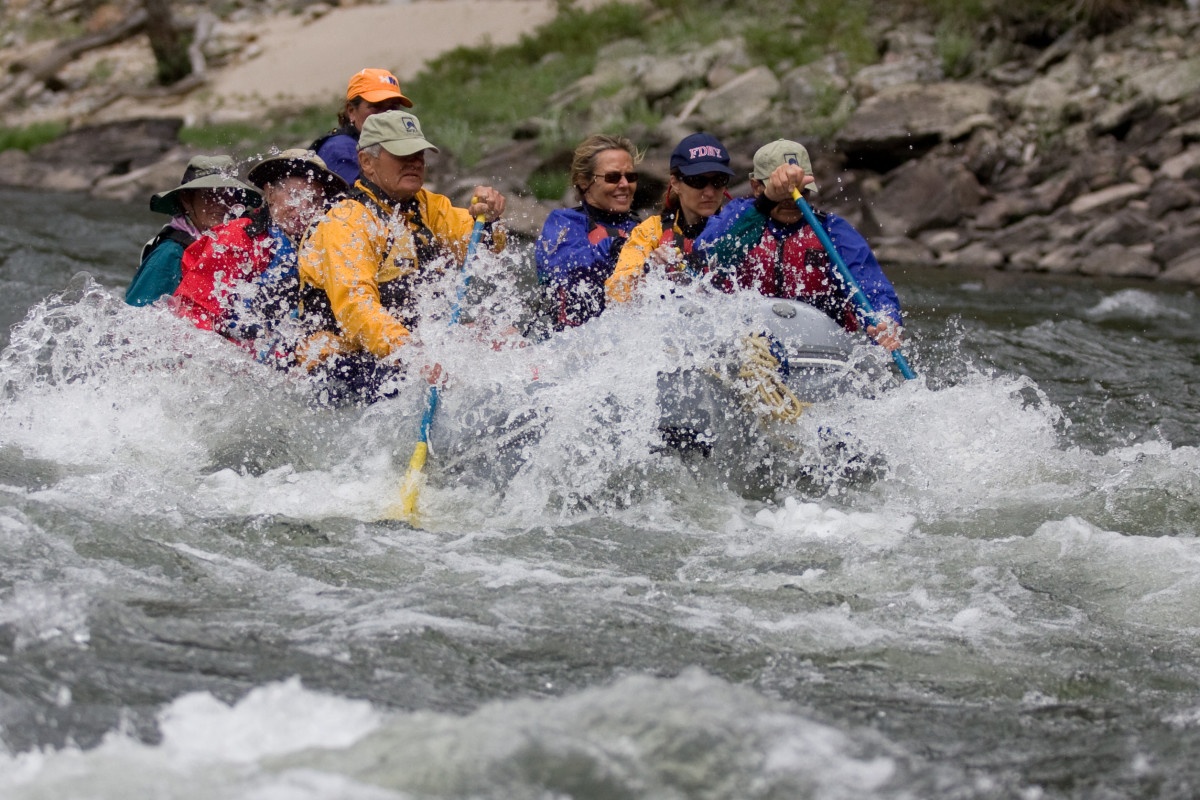NOLS Instructor Molly Herber talks about the power and simplicity of the leadership skill expedition behavior. Subscribe to the NOLSie News to follow along our series exploring the 7 NOLS leadership skills.
Can you start by telling us—what is expedition behavior?
Everyone seems to have their own definition of expedition behavior. Early on, NOLS founder Paul Petzoldt explained it as “an awareness and attention to all relationships that influence an outdoor experience.”
For me, in addition to awareness, it's also the actions you take to positively influence your group. To put it simply, the favorite definition I've heard is that you do your part, plus a little bit extra.
What does expedition behavior look like?
I’ll give an example from a NOLS course:
Usually, at the beginning of an expedition, everybody is focused on what they have to do to take care of themselves. They're doing a lot of new things for the first time, like trying to figure out how all of their food and sleeping bag and clothing and other equipment is going to fit into this tiny backpack!
As time goes on, you start to see people looking outside themselves. Instead of waiting to be asked for help, they start to offer first. Even beyond that, they start to act without even asking; they just know and understand what their group needs and then take the action to do it.
So at the end of the course, you see what often looks like this smooth and beautiful dance. As soon as everybody gets into camp, someone's over here, setting up tents, someone over there is collecting water for dinner, and you can tell that everybody is paying attention and moving towards the same goal together.
When have you seen NOLS students demonstrating expedition behavior?

In the summer of 2019 I was co-leading a group of 14- and 15-year-olds who were part of a college readiness program that does NOLS courses every summer, and we were getting ready to start a five-day expedition through the Wind River Range in Wyoming.
On the first full day of the trip, one of the participants injured her ankle and it wasn’t realistic for her to be carrying a backpack for the next four days.
Once we confirmed this participant's well-being, we had two choices: First, we could adapt the trip format by staying in the same camp for the rest of the trip and adjusting our curriculum to the abilities of the group. Second, we could have this participant hike out with the group's chaperone and continue the trip as planned with the rest of the group.
As an instructor team, we decided to present these two options to the group and let the participants decide. In the end, they chose to keep the group intact and stay in their base camp.
For them, the priority was keeping their group together and building their community instead of doing a bunch of other activities that would have been neat and valuable experiences, but ultimately weren't as important. That attention to every member of the group is just the hallmark of expedition behavior to me.
What is it about the wilderness that helps people learn this skill?
I think the wilderness is a great place to learn expedition behavior for a couple of reasons. One of those reasons is that your goals are pretty clear—many times, what you need to do is get your group from point A to point B in some remote, beautiful wilderness.
But a lot goes into making even a simple goal like that happen: taking care of yourself, organizing gear, being prepared, taking external factors like the weather and terrain into account. You really need a group to make all those things happen smoothly.
And because of that, it's really obvious when your group has a hard time making these things happen; sometimes it’s because of the conditions, but almost always the dynamics of the group contribute to its success or failure.
Plus, when you're in the wilderness, you're in a very contained group of people. When you're having a hard day—and you will, everyone does—that is the group you're with. There's no escape to social media, there's no going home at the end of the day—you are committed to that group. And it means that you're going be working through a lot of challenges and a lot of successes together in a very intense and exciting way.
If you do it right, a lot of times that ends with you getting your group on the summit of the mountain and finishing harder things than you ever thought you could do by yourself.
Expedition behavior seems like it makes a lot of sense when you’re on an expedition, but what does it have to do with day-to-day life?
When I think about what I hope my students remember about expedition behavior, it’s that ability to pay attention to what other people need, and the idea of doing your share plus a little extra.
In another setting, that might look like noticing that your colleague at work is having a hard time and asking how you can help. Or, that might be doing the dishes, even when it's not your turn.
At scale, that means looking outward into your community and country to see how you can contribute to moving everyone forward together.
Imagine if there’s a whole group of people who are doing just that little extra, how much more that group can accomplish, how much more creativity and progress towards their goals they’ll see. It’s pretty exciting to imagine what the world would be like with more expedition behavior.
Subscribe to the NOLSie News to follow along with the Leadership Project.
Written By
NOLS
NOLS is a nonprofit global wilderness school that seeks to help you step forward boldly as a leader.



